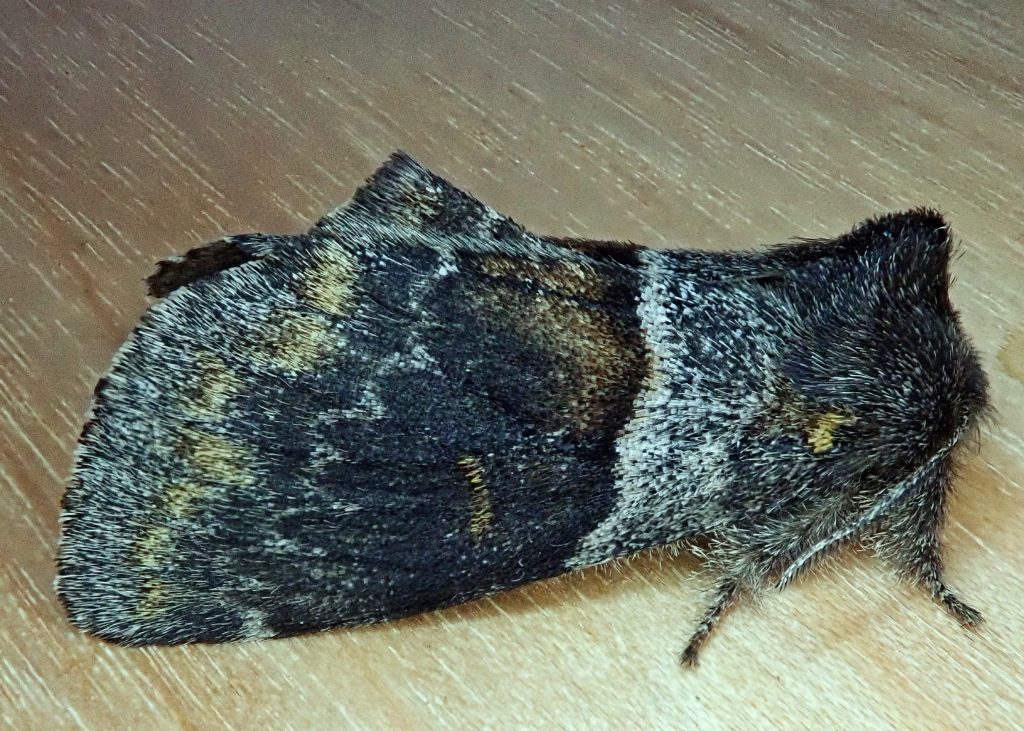
This is a good sized (FW length 17-21mm) moth of spring forests. They are a grizzled dark gray, with patches of olive to ochre at the wing base, filling the discal spot, and in the median near the trailing edge of the wing. The transverse lines are dark and wavy. It is most likely to be confused with G. septentrionis, but that species is smaller, flies later in the season and lacks a discal spot.
Like many species in the family Notodontidae, and the origin of the common name prominents for this family, Gluphisia severa have tufts of hair on the trailing edge of the forewings near the base, which get pushed upwards by the thorax when the moth is at rest to create a bushy prominence at the rear of the thorax.
Though absent from the most arid interior regions, G. severa can be found in many types of forests and woodlands, as long as there is a supply of willows or cottonwoods to feed their specialist larvae. Like all Notodontidae, the adults do not eat. They fly from late March to early June in our region.
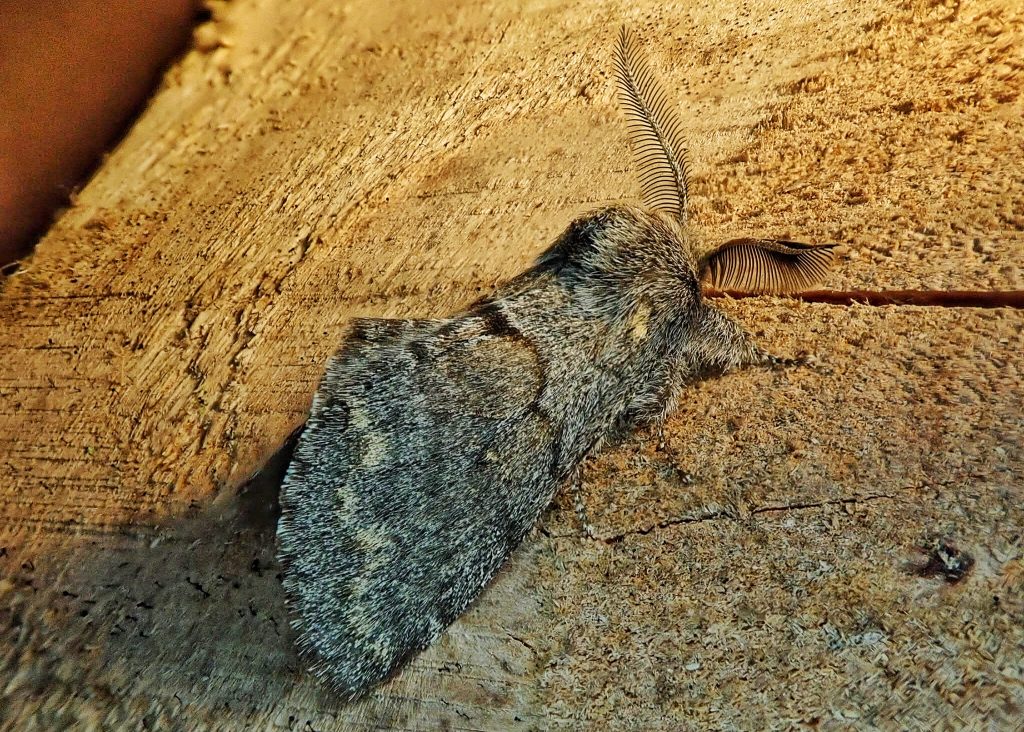
https://bugguide.net/node/view/113957
http://mothphotographersgroup.msstate.edu/species.php?hodges=7935
Size- FW 17-21mm
Habitat- Woodlands and forests containing some willows or cottonwoods
Range- Region wide except for the most arid parts of the interior
Eats- Larvae are specialists, feeding on willows and cottonwoods
Flight Season- Late March to early June
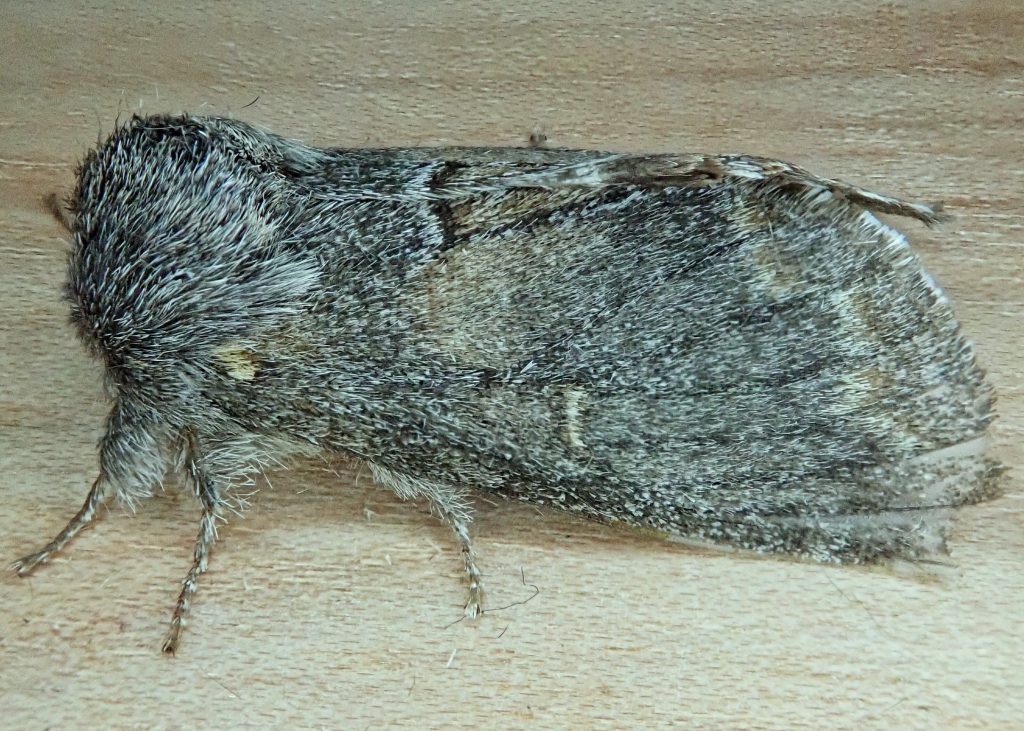
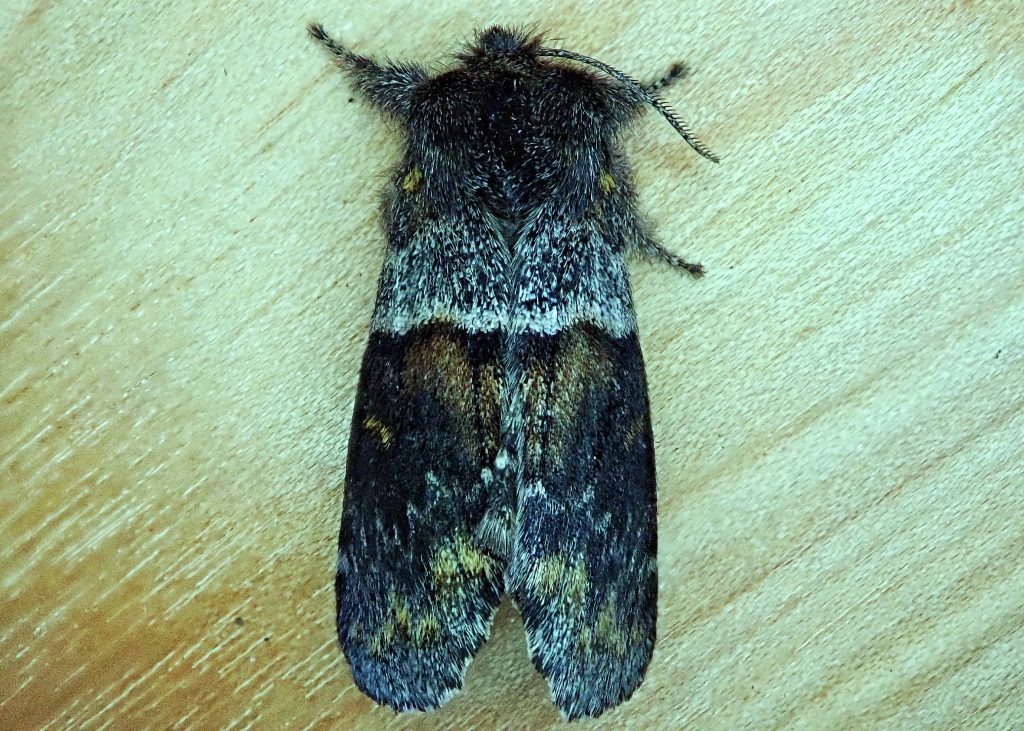
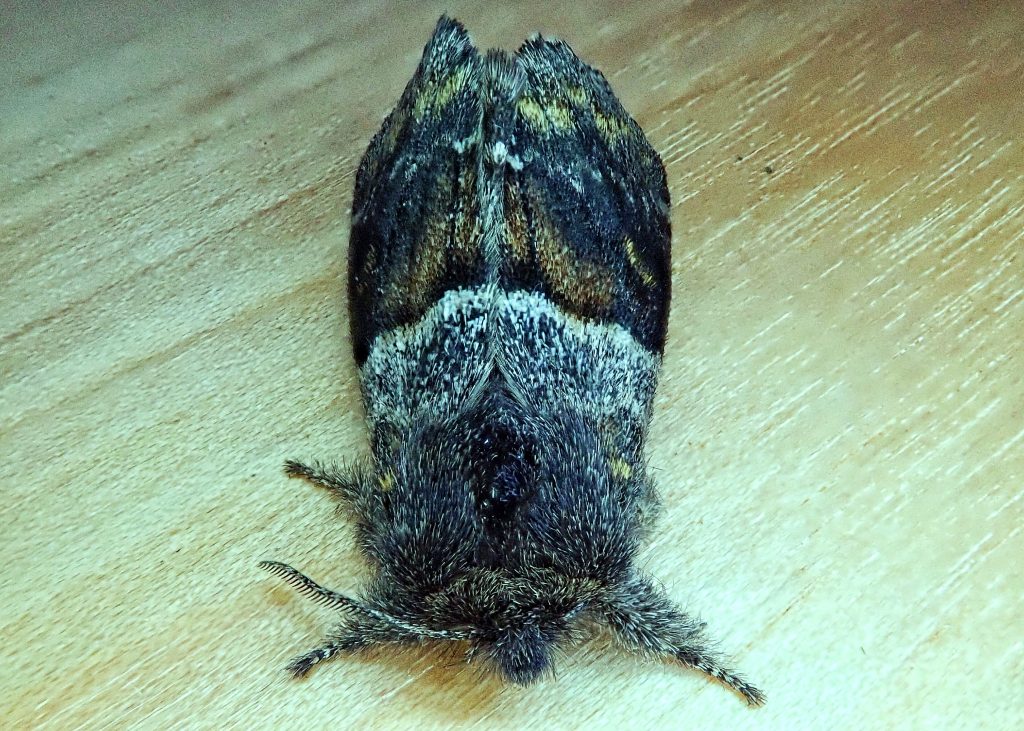
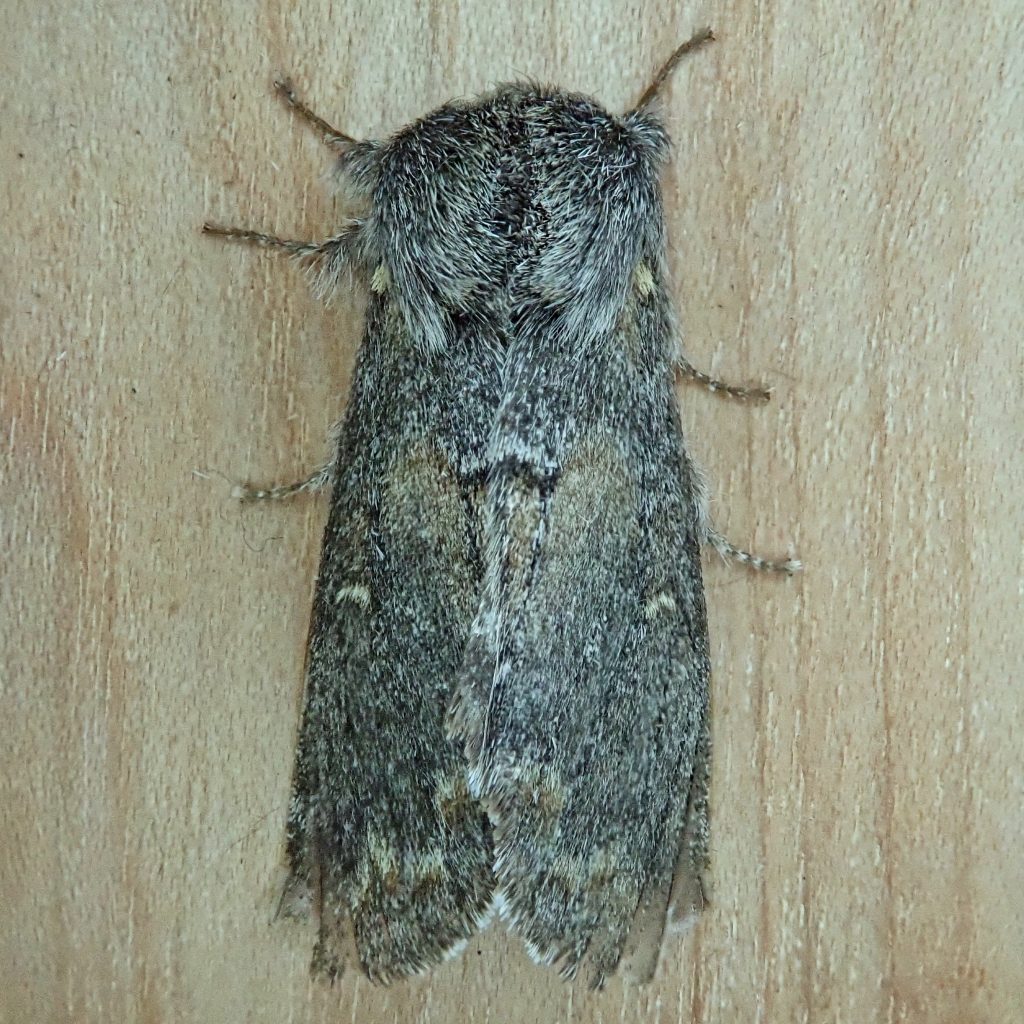
Beautiful! Do you know why a lot of moths have such elaborate antennae (if that’s what they are – I really know nothing about moths)? If they are not feeding, are they for finding a mate?
The males have the feathery antenna, and yes, they are for finding a mate. Specifically for detecting pheromones, sometimes in extremes small concentrations. Impressing us humans is just an added benefit😉
Thanks – yes, they are impressive!